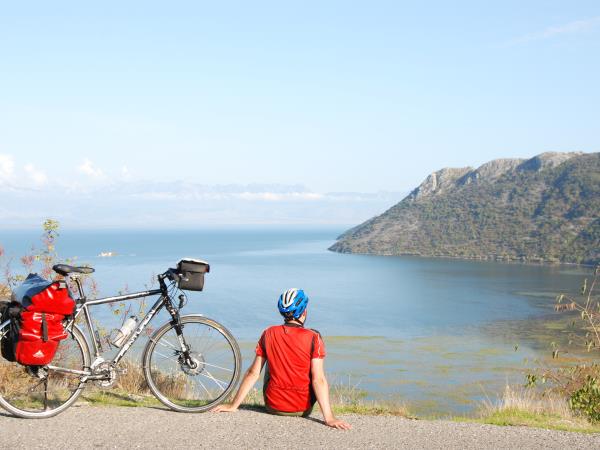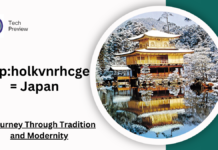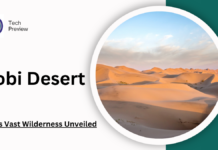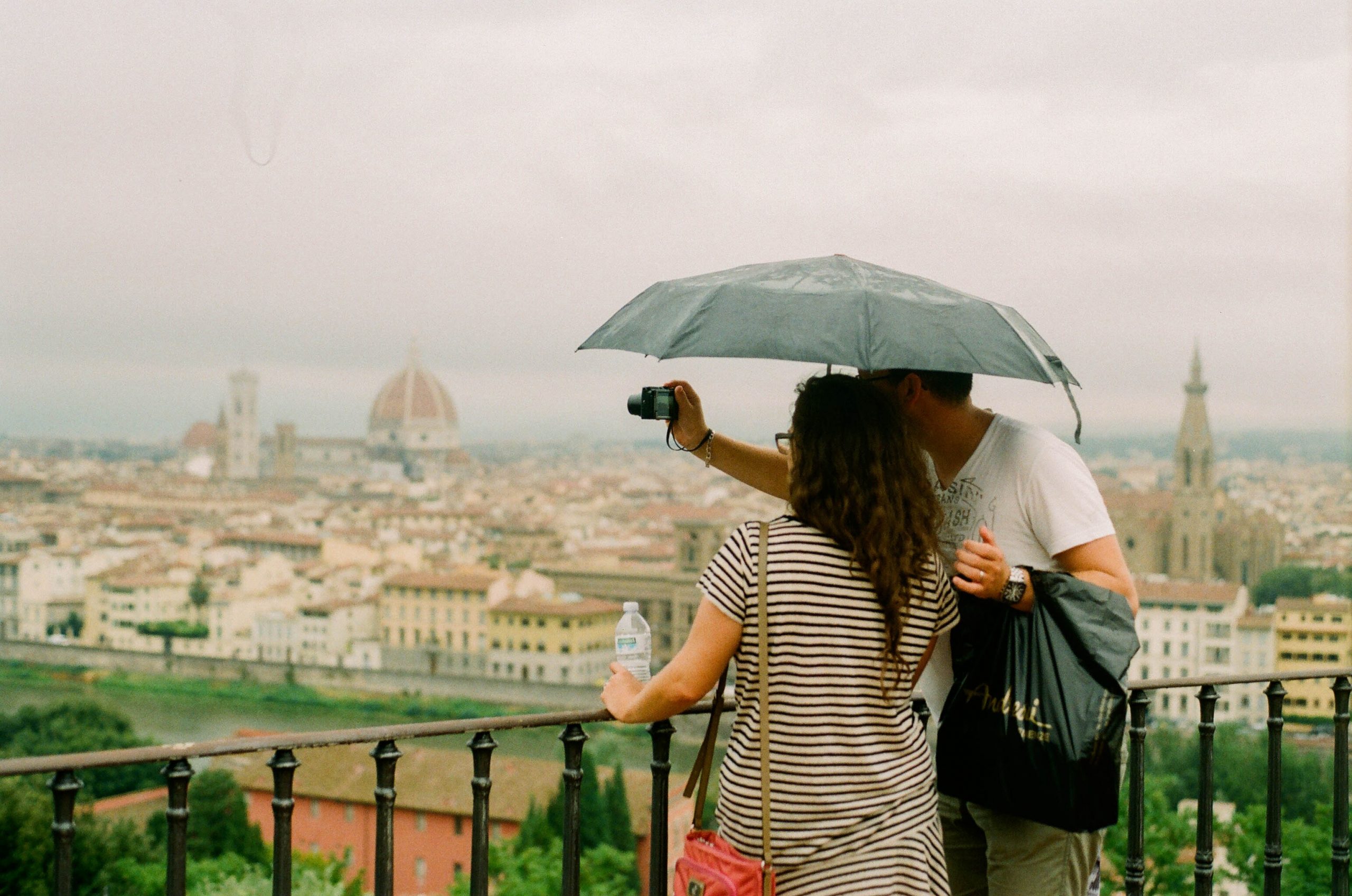Albaniais not a destination for the unadventurous! But if you are prepared to put up with fairly basic facilities you will discover a country of intense charm and physical beauty, and you won’t have to spend much money to do it.
What You Need to Know Before You Go
You will need a visa for Albania, which you can pick up at the airport or border for a cost of about 10 euros (about 15 dollars). This tourist visa is valid for 30 days. Euros are a good currency to take with you as they can be changed anywhere but US dollars and sterling (pounds) are fine, too. Expect to have trouble with Scottish notes! English isn’t spoken widely outside the capital, Tirana, so take a phrasebook if you can get one.
Watch out for theft in the capital, especially on the buses. Be sensible about displaying your valuables. Do take plenty of cash, though, since cash machines and places to can cash travellers’ cheques pretty much only exist in the capital. Shops won’t accept cards.
Be aware of the more strict culture. Don’t show too much flesh, except on the beach, and don’t accept an invitation to go anywhere alone with a member of the opposite sex.
Don’t drink the water! It will almost certainly give you tummy trouble.
Getting There
Flights are available to Tirana. Haggle with taxi drivers over fares to the capital, as they tend to overcharge. The ferry from Italy or Corfu is an alternative. Albania’s land borders are not for the faint-hearted! Once in the country, mini-buses and scheduled buses are the best ways to get around.
Places to Visit
The capital is worth a look, with its multi-coloured buildings, comfortable modern hotels and shopping centres, national museum in Skenderbeg Square and lovely 1930s boulevards surviving from the reign of King Zog. To see the real Albania, though, and to get a sense of its history, you have to strike out further.
Durrës, half an hour from Tirana, was the ancient capital of Albania. It has a Roman amphitheatre, a medieval castle and a real buzz of life about it. Eating out in Durrës is fun as the standard of restaurants, especially seafood, tends to be high. The Durrës – Kavajë strip is the most popular beach resort for Albanians, but cleaner and more attractive beaches can be found between the towns of Vlora and Saranda, further south. Near Saranda is Butrint, a whole late-Roman town which has been excavated.
Berat is a medieval town in the centre of Albania, with a well-preserved castle, but Gjirokastër, near the Greek border, is the best example of medieval Albania, with the whole Old Town looking just as it did 1,000 years ago, glowered over by the huge castle. Hotels here are plentiful and reasonably priced.
But to experience the real Albania with all its warmth and charm, get out onto the streets of whatever town you visit. Try the local fast food: byrek (booREK) a flaky pastry with white cheese or meat and sufllaqe (sooFLAcha), a pita with meat, salad, chips, ketchup, mustard, mayonaise – you name it!
Try to communicate with the local shopkeepers, café owners and market sellers. It will be appreciated and if you’re lucky you may get an invitation to an Albanian home where you will be plied with sweets, liqueurs and Turkish coffee. Visits are an important part of Albanian culture and if you get to try this then you can really feel that you have have got under the skin of this mysterious country.









